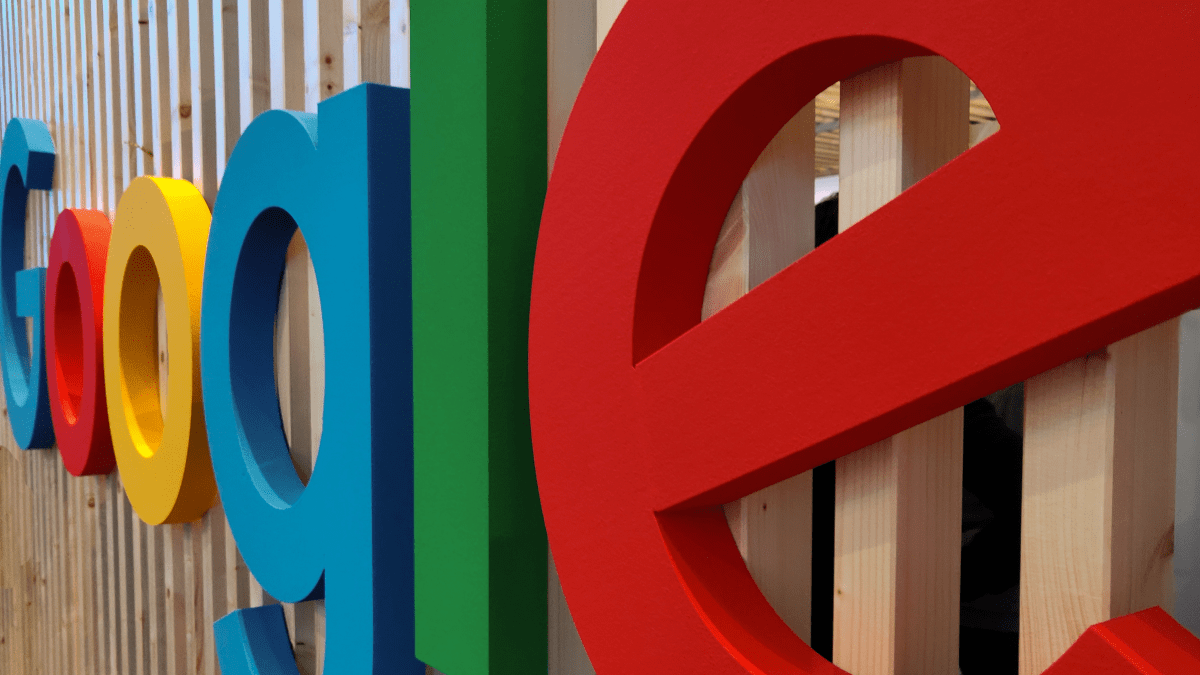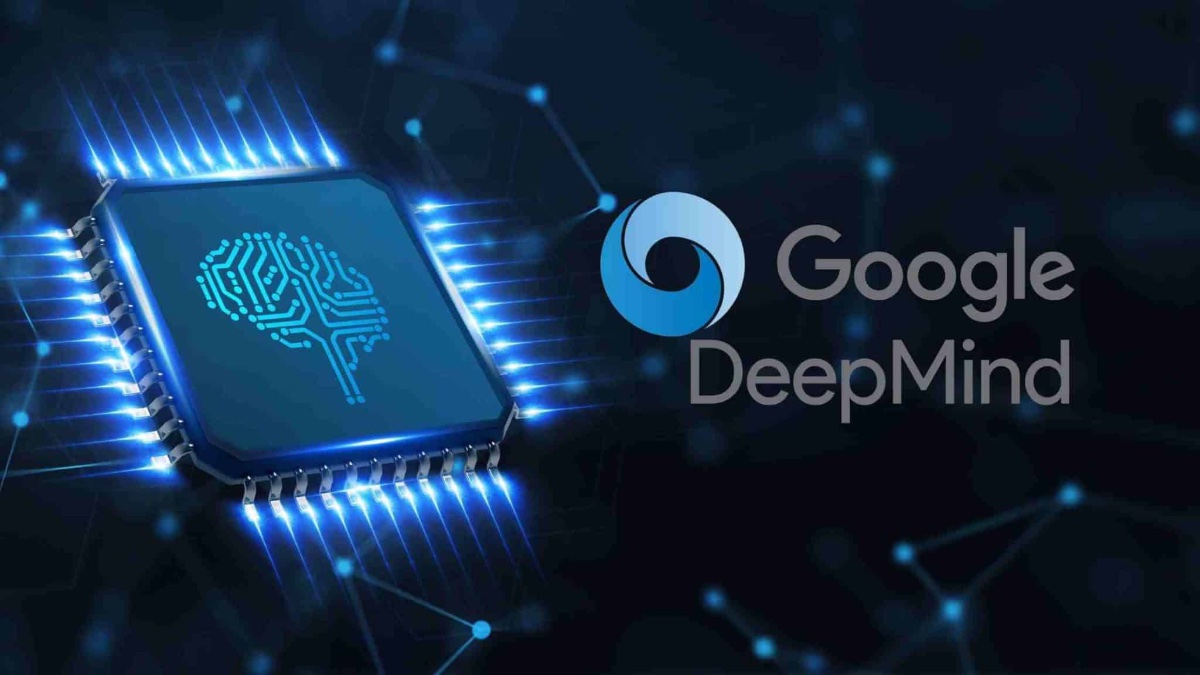Google has released the second version of Imagen, its AI model that makes and edits images based on text prompts.

This updated model, known as Imagen 2, is now more accessible to Google Cloud customers who use Vertex AI and have received approval. However, Google has not revealed the data used to train this new model. And there is no option for creators to opt out or seek compensation if their contributions were unintentionally included in the dataset.
Imagen 2 was quietly introduced in preview at Google’s I/O conference in May. It was developed using technology from Google DeepMind. Google claims that compared to the first-generation Imagen, the new model offers significant improvements in image quality. Although the company did not share image samples until recently.
Imagen 2 also introduces additional features, such as the capability to include text and logos in the generated images. During a press briefing on Tuesday, Google Cloud CEO Thomas Kurian mentioned that with Imagen 2, users can now create images with a text overlay, useful for purposes like advertising.
Text and logo generation with Google Imagen 2
Imagen, now equipped with text and logo generation capabilities, aligns itself with other top image-generating models like OpenAI’s DALL-E 3 and Amazon’s Titan Image Generator. A notable distinction for Imagen 2 is its ability to render text in multiple languages, including Chinese, Hindi, Japanese, Korean, Portuguese, English, and Spanish, with plans to add more languages in 2024.
Furthermore, Imagen 2 can overlay logos onto existing images, providing versatility in generating emblems, lettermarks, and abstract logos that users can apply to products, clothing, business cards, and other surfaces.
According to Vishy Tirumalasetty, head of generative media products at Google, Imagen 2, through innovative training and modeling techniques, can comprehend detailed, long-form prompts and provide elaborate answers to questions about elements within an image. These techniques also enhance Imagen 2’s understanding of multiple languages. Allowing the model to translate a prompt from one language to an output, such as a logo, in another language.
Imagen 2 employs SynthID, a technique developed by DeepMind, to apply invisible watermarks to its generated images. While these watermarks are purportedly resilient to image edits like compression, filters, and color adjustments. Detecting them requires a Google-provided tool inaccessible to third parties. This feature is introduced as a response to concerns about the proliferation of AI-generated disinformation online.

Transparency Concerns and Legal Debates
Despite the advancements, Google has not disclosed the data used to train Imagen 2. This lack of transparency, while disappointing, is not unexpected. The legality of training models on publicly available, even copyrighted, data and then commercializing those models is a subject of ongoing legal debates.
As these lawsuits progress through the courts, vendors like Google argue that they are protected by fair use doctrine. In contrast to the first-gen Imagen, where Google disclosed the use of the public LAION dataset, the company is now adopting a more cautious approach. Refraining from revealing specifics about the training data for Imagen 2.
While some AI-powered image generator developers like Stability AI and OpenAI allow creators to opt out of training datasets, Google, along with several competitors, including Amazon, does not offer such an option. Google’s approach does not seem likely to change in the near future.
Creator Concerns
Instead of an opt-out mechanism or compensation for creators, Google provides an indemnification policy for eligible Vertex AI customers. This policy protects them from copyright claims related to both Google’s use of training data and the outputs generated by Imagen 2.
Researchers have raised concerns about “regurgitation,” wherein a generative model reproduces a mirror copy of a training example. Particularly among corporate customers and developers. A study on the first-gen Imagen revealed instances of regurgitation. Producing identifiable photos of real people and copyrighted works when prompted in specific ways.
In a recent survey of Fortune 500 companies, nearly a third identified intellectual property as their primary concern regarding the use of generative AI. Another poll indicated that nine out of 10 developers heavily consider IP protection when deciding to use generative AI.
Google aims to address these concerns with its newly expanded indemnification policy. Which now covers Imagen outputs as well. However, for creators seeking the option to opt out or receive compensation, there is no provision in Google’s current approach.


Leave a Reply